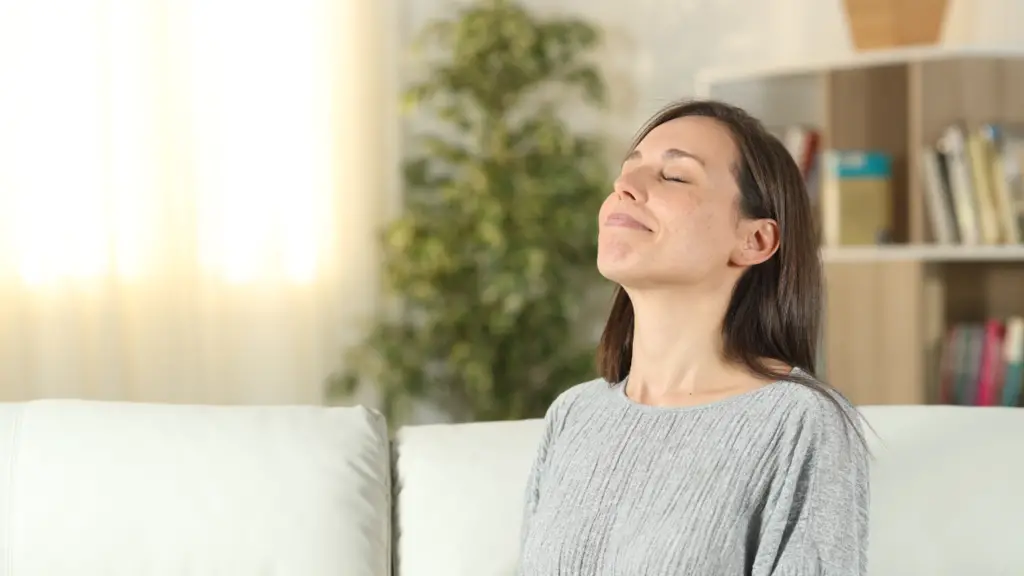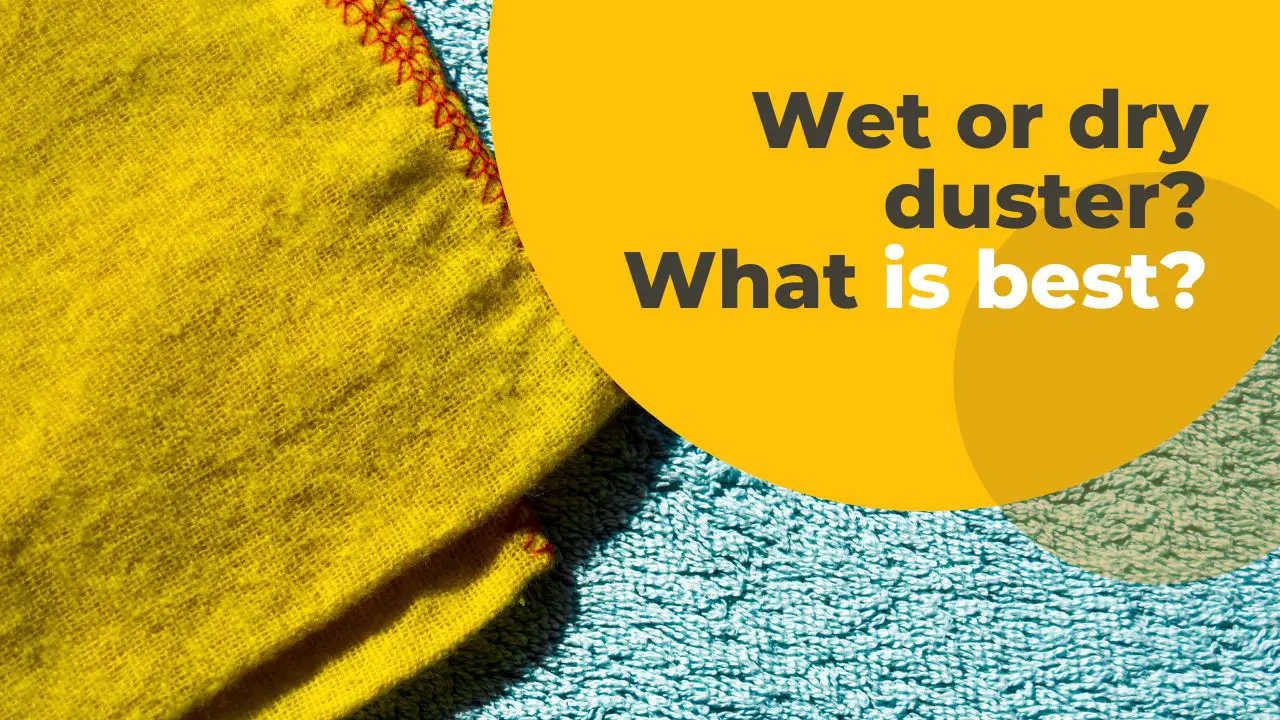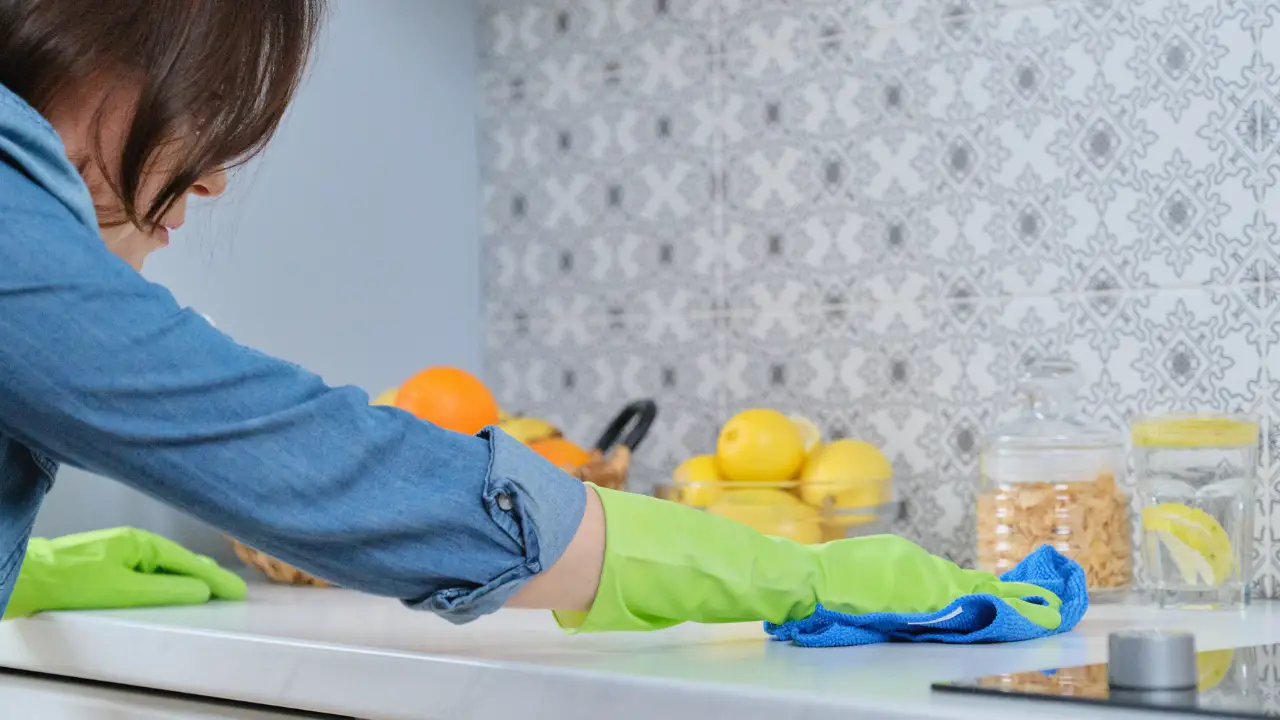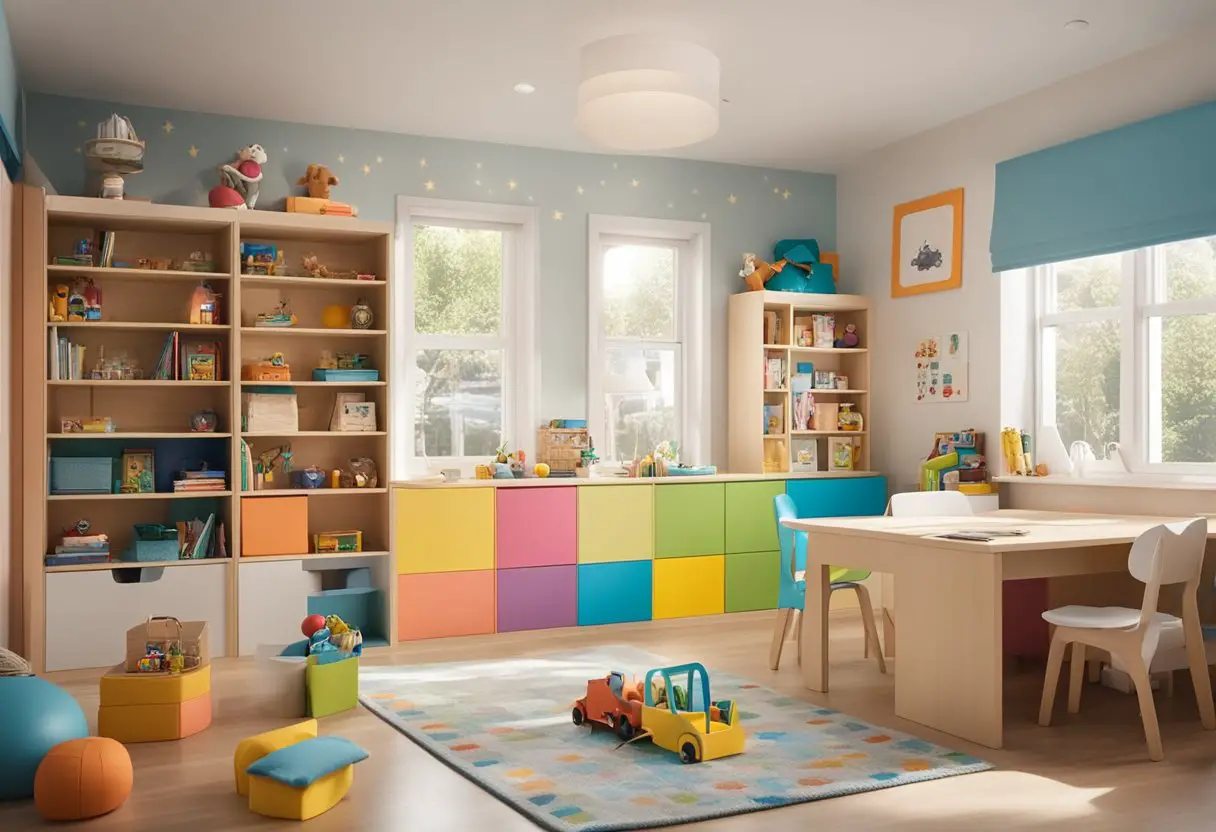Maintaining a clean and tidy home involves the crucial task of dusting. This not only keeps your living space organized but also promotes the well-being of your family by eliminating potential irritants.
Dusting can be categorized into two methods: dry dusting and wet dusting. Dry dusting entails using a dry cloth or a feather duster, while wet dusting involves employing a moist cloth to effectively capture dust. It’s important to note that while dry dusting may displace the dust, wet dusting ensures its removal.
However, when it comes to dusting electronic devices, it is advisable to avoid using a wet duster as it may not be suitable for such delicate equipment.
When dealing with surfaces heavily coated in dust, it is recommended to opt for wet dusting rather than dry dusting. Wet dusting effectively eliminates the risk of stirring up dust particles, which is common with dry dusting.
Table of Contents
Benefits of Regular Dusting
Regularly dusting your house has the following benefits.
Benefits of regular dusting include:
- Fresh Air
- Improved Family Health
- Enhanced Aesthetic Appeal
Fresh Air

Wet dusting your house makes the air more breathable for members of your family. Dipping your duster in a vinegar or lemon solution will not only help remove dust particles but will also kill bacteria that may be on your surfaces.
You can also purchase commercial cleaning products you can use to wet dust your surfaces. Remember, do not spray cleaning products directly onto your furniture; spray it on the cloth and then use it to wipe it.
Improve Your Family Health
Proper and thorough dusting plays a vital role in improving the air quality within your home. By diligently removing dust particles, dust mites, and mould, you can create a healthier environment for your family. To achieve this, it is recommended to utilize a moist cloth when wiping down surfaces. This approach helps safeguard your family from potential respiratory issues and promotes better overall well-being.
Enhance The Aesthetic Appeal
After dusting your home, you will notice that your surfaces look better. Wiping with a dry cloth after wet dusting, gives items in your home a very appealing shine. That will make you feel good and improve the mood of your family members.
Tips for Dusting
Here are some tips for dusting your home.
Top tips for dusting around your home
- Use the right tools
- Dust before you vacuum
- Keep your windows closed
- Move items and furniture
- Dust top down
- Dust regularly
Use the right tools
Before you embark on your dusting routine, it’s important to have the appropriate tools at your disposal. When dealing with ceiling fans and lighting fixtures, a flexible brush is recommended. Look for one that can be easily bent into various positions. In most cases, you won’t need a ladder unless you have exceptionally high ceilings.
For those pesky cobwebs and dust lurking in corners, repurpose a mop by covering it with an old sock and securing it with a rubber band. This makeshift duster is perfect for reaching high corners and guarantees thorough cobweb removal.
Delicate trinkets and baubles should be handled with care. Use a dry cloth to gently wipe them down. If you opt to use a cleaning product, be cautious not to spray it directly onto these items.
When dusting your furniture, make the most of microfiber cloths. These specialized cloths leave no lint behind, and their electrostatic charge attracts dust effectively. They ensure streak-free surfaces, leaving your furniture looking pristine. By utilizing the right equipment for your dusting tasks, you’ll achieve a truly clean and polished home.
Dust Before you Vacuum
There is a difference of opinion within the cleaning community regarding the order of tasks, with some advocating for vacuuming first and then dusting. However, it’s worth considering an alternative approach.
When you vacuum your home before dusting, it inevitably stirs up dust and particles, requiring you to wait for at least an hour for the dust to settle before you can effectively dust.
Furthermore, after dusting, you’ll need to vacuum again to capture any dust particles that may have settled on the floor during the dusting process. This results in additional time and energy spent on cleaning.
On the other hand, if you prioritize dusting first, any particles in the air will have descended and settled by the time you begin vacuuming. This approach streamlines the cleaning process and avoids the need for repeated vacuuming.
To read more, heres our opinion on whether you should dust or vacuum first.
Keep your Windows Closed
Ensure that you do not dust your house while the windows are open, as that will blow the dust all around the room. Cleaning will take longer, and you will not be able to capture all the dust particles.
Move Items And Furniture
It is essential to move items when cleaning so that you capture all the dust particles. Make sure that you lift flower vases when dusting side tables and bookshelves.
Move the things around, wipe them and the surfaces. In case you have picture frames, make sure that you clean them too.
It is essential to dust your walls, so make sure you move your furniture around for better access. That ensures that there are no particles left in your home.
Make sure that you dust the furniture before you move it. It ensures that these particles do not end up on the wall after you dust.
Dust Top Down
As mentioned above, make sure that you start dusting from the top. That means you should, for instance, begin with light fixtures and move on to furniture.
When you do this, it ensures that you will not have to deal with particles falling from the ceiling to items and furniture that you have already dusted. It also ascertains that you save time and energy during cleaning.
Dust Regularly
One of the ways to dust effectively is to dust regularly. If you do not clean regularly, there will be a build-up of particles that will be harder to clean.
Remember, if you dust regularly, cleaning will take a short time.
Wet or Dry Duster – Which is best?

Steps for Effective Wet Dusting
- Prepare a vinegar or lemon solution
- Dip the duster in the solution
- Wring out excess liquid
- Wipe down surfaces using the damp duster
- Follow up with a dry cloth for a polished finish
When dealing with surfaces heavily coated in dust, it is recommended to opt for wet dusting rather than dry dusting. Wet dusting effectively eliminates the risk of stirring up dust particles, which is common with dry dusting.
However, it is important to follow up wet dusting with a dry cloth to prevent streaks and achieve a polished surface appearance.
In terms of furniture care, wet dusting is preferable as it minimizes the risk of scratching. Over time, dry dusting can lead to a loss of shine and a less appealing appearance for your furniture.
Keep in mind that dry dusting alone may not effectively capture all dust particles, as it tends to disperse them throughout the room. Therefore, combining both dry and wet dusting techniques is advisable for optimal results.




